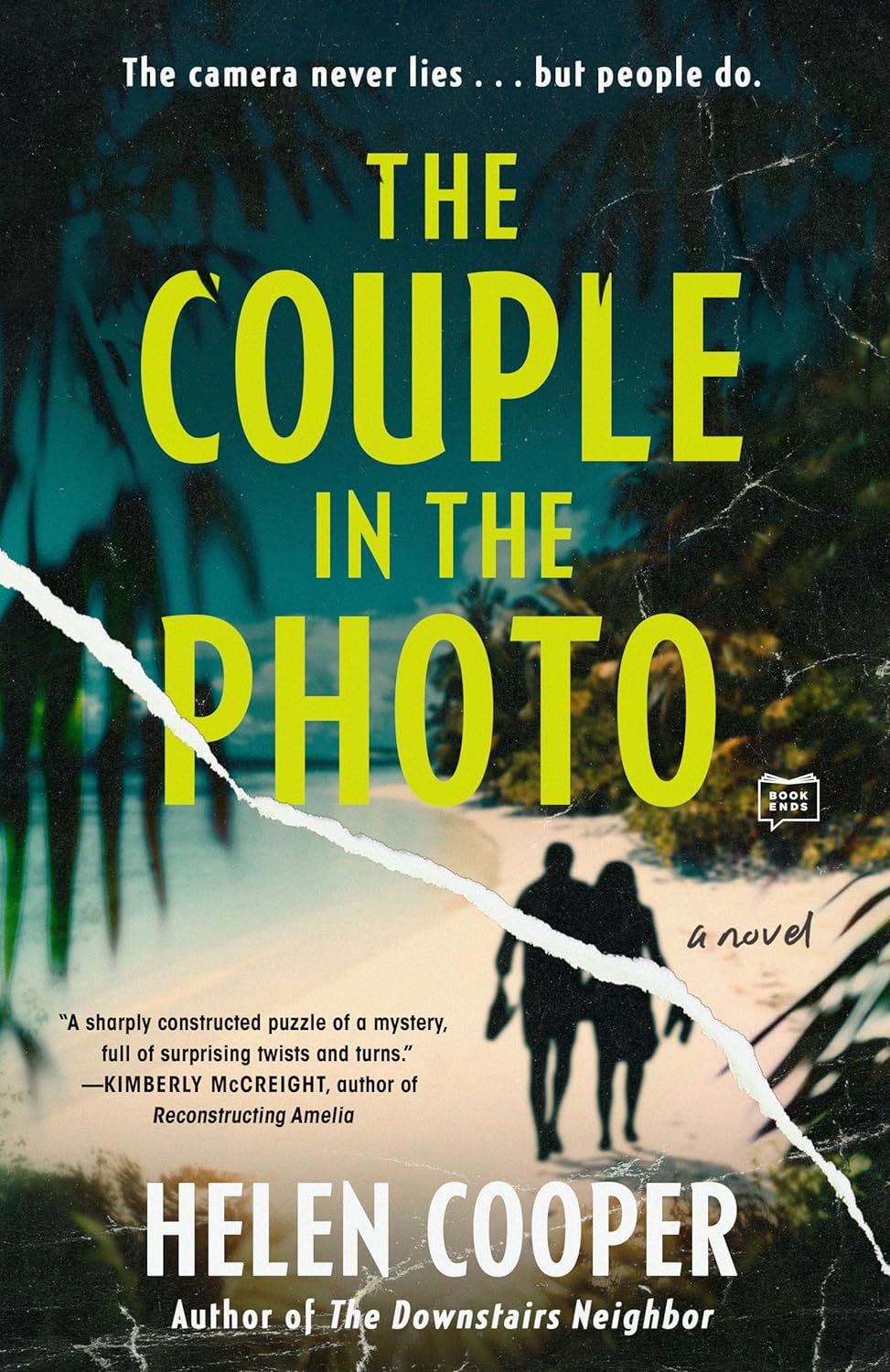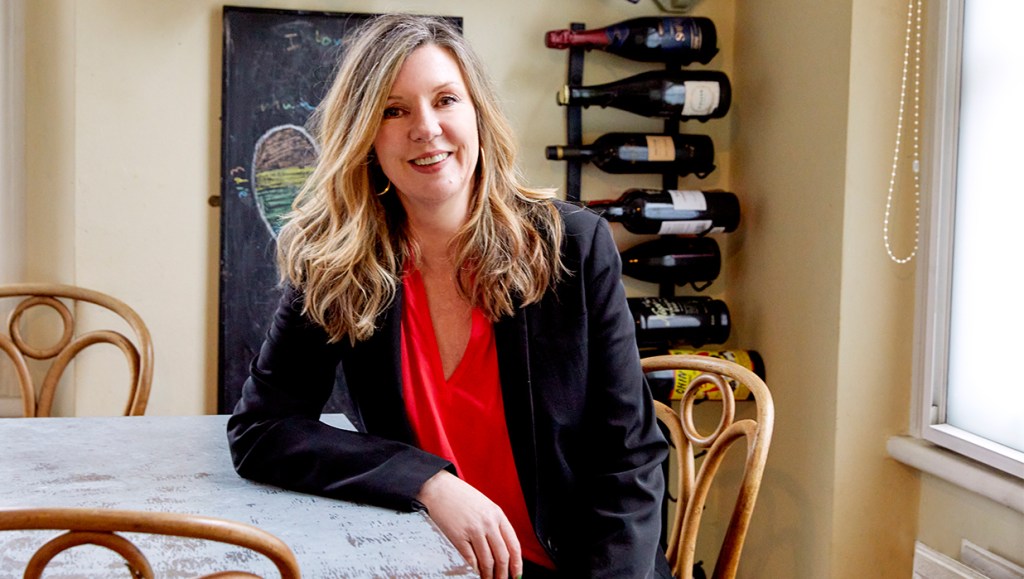Always fascinated by photos, Lucy is eager to see her colleague’s snapshots from her honeymoon in the Maldives. But as Lucy slides through Ruth’s pictures, she pauses, surprised to see a familiar auburn-haired man. It’s Scott, her best friend’s husband but the woman with him isn’t his wife Cora nor is she someone that Lucy recognizes.

“’How…” Lucy’s head felt thick. “What were their names?”
“’Jason and Anna,” Ruth reeled off with pride writes Helen Cooper in her mystery novel The Couple in the Photo (G. P. Putnam’s Sons). “An interesting pair! Pretty drunk that night but then so were we!’ She laughed to herself as if at some remembered in-joke, then swiped onward, reeling through more palm trees and lapping waves while Lucy sat back in her chair with bile rising in her throat.”
Unwilling or unable to believe she’s misidentified the man, Lucy begins prying to the consternation of Scott as well as her own husband, Adam, who has been best friends with Scott and Cora since college. When Adam married Lucy she became part of the tightly knit group that is so intertwined that their kids are best friends, and they restoring a weekend cottage they bought together. But Lucy has always felt that there were things she didn’t know from that time, a feeling she tried to dismiss because she had attended the same university as them.
Her feelings of misapprehension darken into a much deeper concern than just whether Scott, who was supposedly in Japan on a business trip, was having an affair. She tries to get a copy of the photo from Ruth but finds she’s absent from work. Ruth is avoiding her but when finally pins her down says the photo was erased.
Watching television, Lucy learns that a woman named Juliet Noor failed to return from a trip to the Maldives. Juliet, whose bludgeoned body turns up on the island, is the woman with Scott in the photo. Scott denies knowing her, but Lucy discovers that Juliet, a journalist, interviewed Scott for an article not long before. And there’s a connection between Juliet and Cora, Scott, and Adam. They all went to university together along with a man named Guy who mysteriously died back then.
It all gets murkier when Ruth says she’s found the photo after all but when she sends it to Lucy, it’s a different couple. And when Lucy arrives at Ruth’s house to confront her, she learns that Ruth has been attacked and it’s not sure if she’ll survive.
Sick with worry and fear, Lucy realizes that her relationship with her husband and best friends is based on lies, deceit, and possibly more than one murder. The truth is she doesn’t really know them at all. What she does know is that one or more of them may be willing to harm her to prevent the truth from coming out.
ABOUT THE AUTHOR
Helen Cooper is the author of The Other Guest and The Downstairs Neighbor. She is from Derby and has a MA in Creative Writing and a background in teaching English and Academic Writing. Her creative writing has been published in Mslexia and Writers’ Forum; she was shortlisted in the Bath Short Story Prize in 2014, and came third in the Leicester Writes Short Story Prize 2018.
This review originally appeared in the New York Journal of Books.




